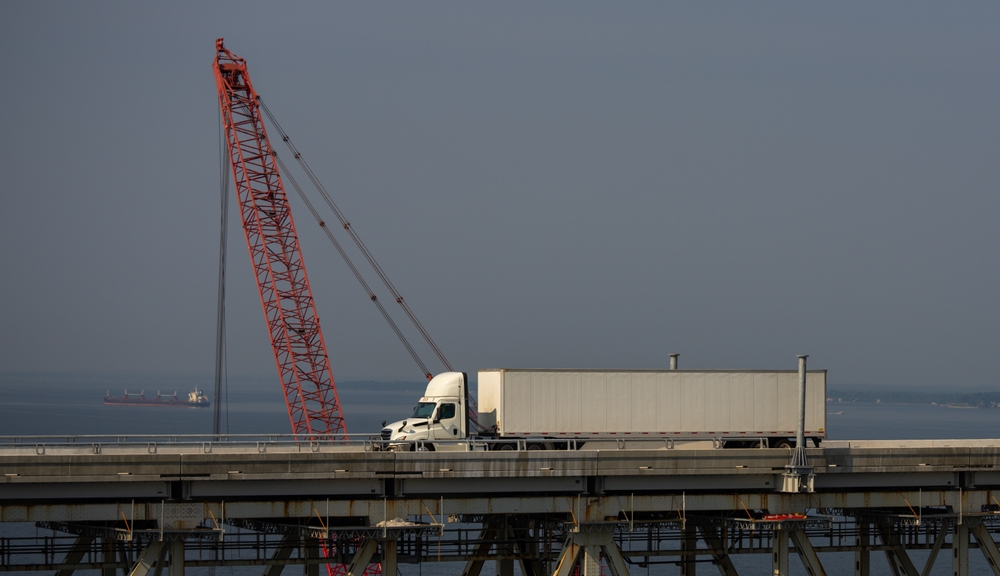
The American Transportation Research Institute (ATRI) has released its 2025 benchmarking report on operational costs, revealing the deep impact of the ongoing freight recession on trucking profitability. While average operational costs per mile declined slightly in 2024—primarily due to reduced fuel prices—most other expenses climbed, resulting in diminished margins across all for-hire trucking sectors.
According to ATRI, the industry’s average operational cost fell by just one cent—from $2.27 in 2023 to $2.26 in 2024. However, when fuel is excluded, non-fuel operational costs increased by 3.6%, hitting a record $1.779 per mile. Fuel prices, the second-largest cost after driver wages, dropped 13% to 48.1 cents per mile, and repair and maintenance costs decreased marginally by 2%.
In contrast, nearly every other category of expense—truck and trailer payments, tolls, insurance premiums, tires, and driver benefits—rose in 2024. Notably, truck and trailer payments increased by 8.3%, tolls by 11.8%, and driver benefits by 4.8%. Since 2019, equipment payment costs have grown by 52%, while driver pay has risen by 44%, highlighting a significant upward trend in long-term costs.
Sector and Regional Variations Add Pressure
Operational costs varied widely by sector and region. The less-than-truckload (LTL) sector, though the most expensive at $2.02 per mile (excluding fuel), was also the most profitable. Specialized and truckload sectors followed in cost but saw sharper year-over-year increases—5% compared to LTL’s 1%.
Regionally, the Northeast was the most expensive at $2.461 per mile (including fuel), driven by higher insurance premiums and driver benefits. In contrast, the South Central and West regions had the lowest average costs. For example, the West had the lowest insurance premiums (24.5% below the national average) but higher maintenance and tire costs.
Driver Compensation and Turnover Trends
Driver wages remained the highest cost category, averaging 79.8 cents per mile, while driver benefits came in at 19.7 cents per mile. Overall driver compensation rose by 2.9% from 2023. LTL drivers earned the most, averaging 92.9 cents per mile.
Bonuses were widespread in 2024, with over 74% of carriers offering incentives. Safety bonuses were most common (58% of fleets), averaging $1,680. Starting and referral bonuses were also prevalent, with average payouts over $2,100 and $1,700, respectively. Driver turnover increased slightly to 48%, continuing a trend seen over the last two years.
Profit Margins Under Severe Pressure
The report paints a bleak picture for profitability, especially for dry van truckload fleets, which posted an average margin of -2.3%. Only the LTL sector reported strong returns, with margins at 11.6%. Tanker fleets followed distantly with 1.9%.
Looking ahead, uncertainty remains. Despite a forecasted decline in fuel costs, freight rates are expected to stay flat or grow below inflation, maintaining pressure on margins. GDP contraction and tepid demand further cloud 2025’s outlook, extending the freight recession’s grip on the industry.
Source:











Leave a Comment